This continuation of Contrapuntal Triad Pairs part 1 features open voiced triads played in a conversational chord-melody style. The active eighth note melodies weave in and out of all 3 voices creating musical lines in the upper, middle, and lower voices. Two sets of triad pairs are used over altered dominant seventh harmony in short II-V-I examples and also on longer 8 measure etudes that feature the all important II-V-I progression in both major and minor keys. The two triad pair sets used are two major triads one whole step apart and two minor triads one whole step apart.
For variety the augmented triad is also used in addition to some four part chords. The sets of triad pairs presented here give the player a concrete approach to achieving great sounding altered dominant sounds coupled with the rich sound of open voiced triads, minor sixth chords and minor major seventh harmony.
All of this is explained in the video and outlined in the musical examples. An analysis of the examples are given on this jazz guitar instructional video to help the player understand the material and to encourage the guitarist to compose and improvise in this style.
Throughout the class tips are given to be able to tap into the triad pairs easily without relying on any intermediate steps that can sometimes interfere with creative flow. This fun and challenging class will surely steer the guitarist down some interesting roads with new chordal twists through weaving melodic lines. Fingerstyle or pick and fingers technique is necessary to be able to play most of the examples.
- 13 pages of written materials notated in both TAB and standard notation with fingerings.
- Running Time: 90 minutes

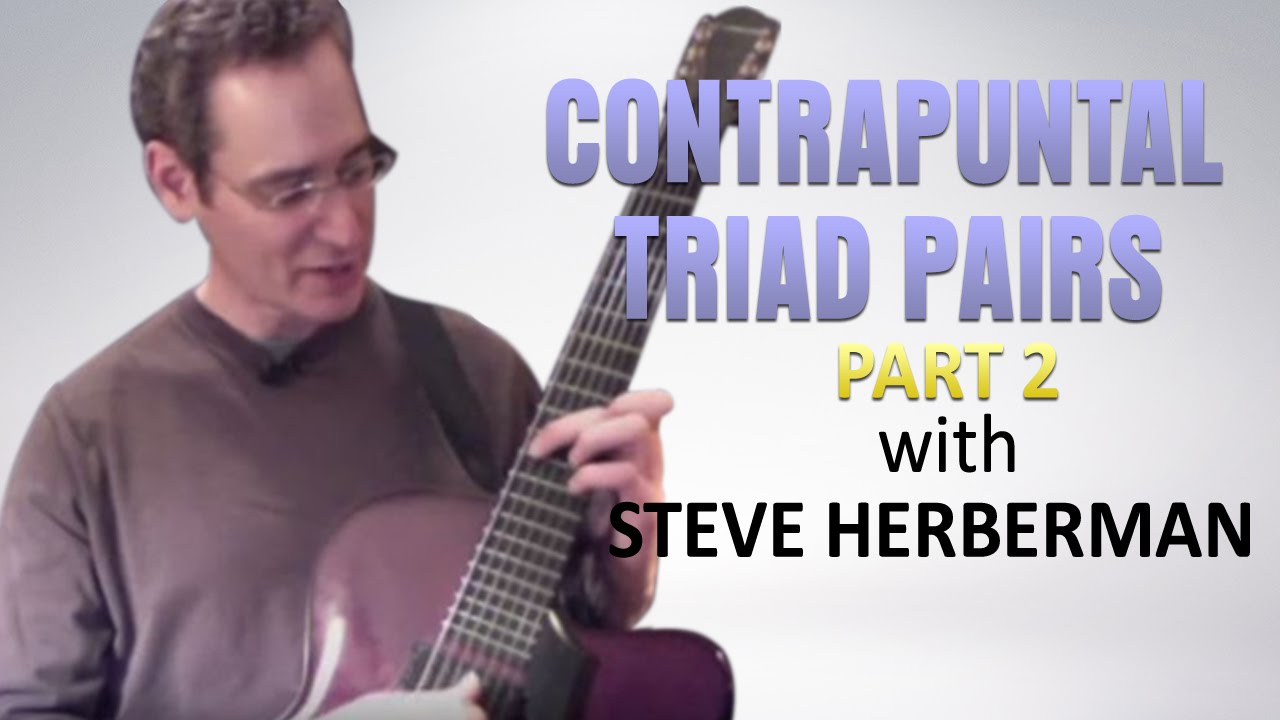
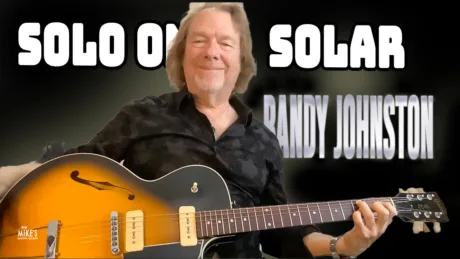
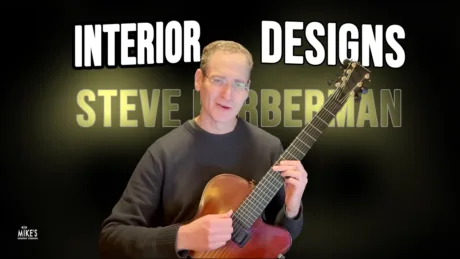
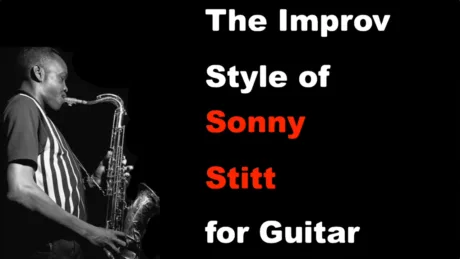





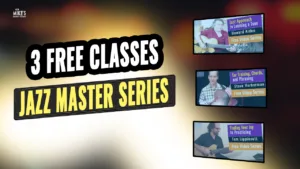

Once again, Steve has hit a home run. This class gives extensive ideas on how to use the subs for a minor II chord (3rd & 4th above minor II) plus subs for the dom. VII (tritone & whole step above tritone; minor 1/2 step above dom & minor whole step above dom) but as VOICES, not chords, and simple shapes that you already know take on new meaning with these shapes moving as individual voices. I have been working these 2 classes with Tom Lippincott’s classes on Drop 2&3 and 2&4 chords, and I am sitting in the practice room going, "…..hmmmmmm….wow!". So much good stuff here.
by james Seaberry